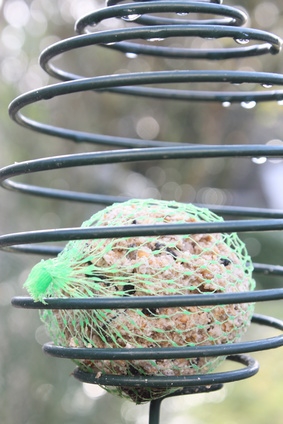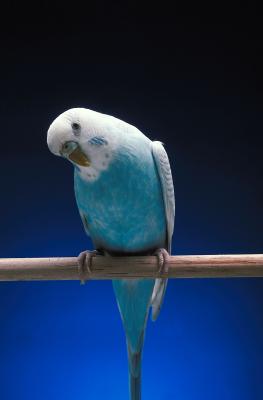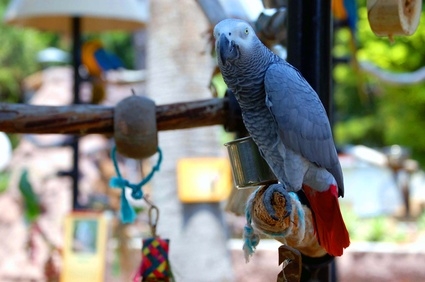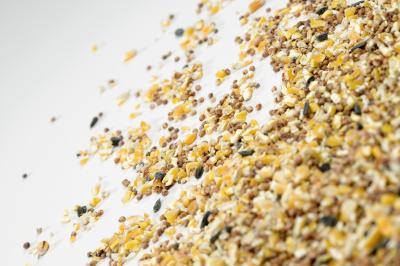The modern Birds Raven is known to have been present in the North American Pleistocene since the last 1.8 million 10,000 years ago. Bird Ravens are among the most commonly found bird species in the Rancho La Brea fossil deposits in Southern California. They silhouetted the wolves, bears and other predators and went after the bison herds. When humans first hunted the bird Raven on the North American soil, it seemed as though the ravens had been already waiting for them.
The ordinary bird raven is a bird that endows many paradoxes and inconsistency to it. With its 2.5 pound weight and 53 inches of wingspan, it is the largest North American bird. It is also the world's most widespread passerine species, ranging from the high Artic to the Nicaragua, North Africa and India. The common raven weighs twice as much as its closest California relative, which is the America Crow. Other than its size and voice, there are many other ways of characterizing between these two really large black birds. The bird ravens have extremely heavy bills and hairy and unkempt feathers and when seen in flight, it displays its pointed wings and with their wedge-shaped tail.
A lifespan of thirteen years is a typical age limit for a bird raven in the wild. However, if it's kept captive it could exceed its lifespan. With the maximum brain capacity than its body's mass, it may also be one of the most intelligent and brightest of all birds. Ravens have indeed verified an insightful behaviour and a capacity for abstract problem solving.
Interestingly enough, bird ravens can lay four to seven young per pair per year. The young ones then wander widely, conquering and living in new areas. Garbage-fed ravens do not abandon their predatory ways. They are very alarming birds, that are capable of killing seal pups, reindeer calves and lambs. They also take a wide range of prey: mammals, reptiles and other birds.
Social relationships among ravens are complex and diverse which are very imperfectly documented. They also have huge success in colonizing diverse habitats, including farmland and cities, and further exploiting and damaging novel food resources.
The bird ravens vast vocabulary and screams and even to a semi-musical warble, all suggest that they have a great deal to say to one another. Most importantly they are uncanny mimics. It is almost hard to watch a pair of ravens tandem aerobatics without sensing an enthusiasm or a delight for flight's sake. Ravens have also been observed as playing catch, tobogganing down the snow covered hills and pulling tails of wolves and dogs. When they are young they can be insatiably curious, deconstructing towards anything that might as well just conceal their food.
All of this can be added up to the bird ravens behavioural flexibility. Bird Ravens are indeed magnificent creatures. Much of what they land up doing is not hardwired; they commonly learn it by exploring their surroundings and watching their elders and peers. An important factor of the environment that they live in is that it is very social. Their social complexity might as well drive the evolution of big brains.

 How to Make Homemade Bird Food Suet
How to Make Homemade Bird Food Suet
Ho
How to Make Homemade Bird Food Suet
How to Make Homemade Bird Food Suet
Ho
 How to Kill Mites in Caged Birds
How to Kill Mites in Caged Birds
How t
How to Kill Mites in Caged Birds
How to Kill Mites in Caged Birds
How t
 How to Make Edible Bird Houses
We all love to feed the bird
How to Make Edible Bird Houses
We all love to feed the bird
 How to Color Bird Toys
How to Color Bird Toys
How to Color Bi
How to Color Bird Toys
How to Color Bird Toys
How to Color Bi
 Homemade Designs for Bird Traps
Homemade Designs for Bird Traps
Homema
Homemade Designs for Bird Traps
Homemade Designs for Bird Traps
Homema